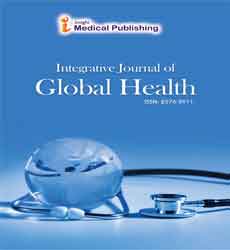ISSN : 2576-3911
Integrative Journal of Global Health
A Cross-Sectional Study of Different Orthodontic Brackets Debonding Techniques Used in the Arab Region
Abstract
Objective: This study aims to create statistical and analytical data describing different othodontic brackets debonding techniques used in the Arab region, stating the most commonly used methods, instruments and the outcome of each method to provide sufficient information for future guidelines to improve its performance. Materials and Methods: An online survey was sent to members of four orthodontic societies in the Arab region (Saudi, Jordanian, Egyptian and Lebanese), the survey included five demographic data questions: (sex, age, nationality, years of experience and job description) and six epidemiological questions about bracket debonding techniques and instruments used. Results: A total of 252 responses were received 9% of the participants did not report any enamel changes after the debonding procedure, while 61% found some enamel damage. The majority of bracket type used was metal (86%), and the bracket remover plier was the most commonly used plier to remove the brackets (74.6%), followed by a light wire cutter (9.5%). Rotary instruments were the method of choice for eliminating residual adhesive from enamel (90.1%); tungsten carbide burs were the most common (24.6%) specifically with low-speed hand piece (24.2%) while prophylaxis paste is the most used method for polishing.
Open Access Journals
- Aquaculture & Veterinary Science
- Chemistry & Chemical Sciences
- Clinical Sciences
- Engineering
- General Science
- Genetics & Molecular Biology
- Health Care & Nursing
- Immunology & Microbiology
- Materials Science
- Mathematics & Physics
- Medical Sciences
- Neurology & Psychiatry
- Oncology & Cancer Science
- Pharmaceutical Sciences
